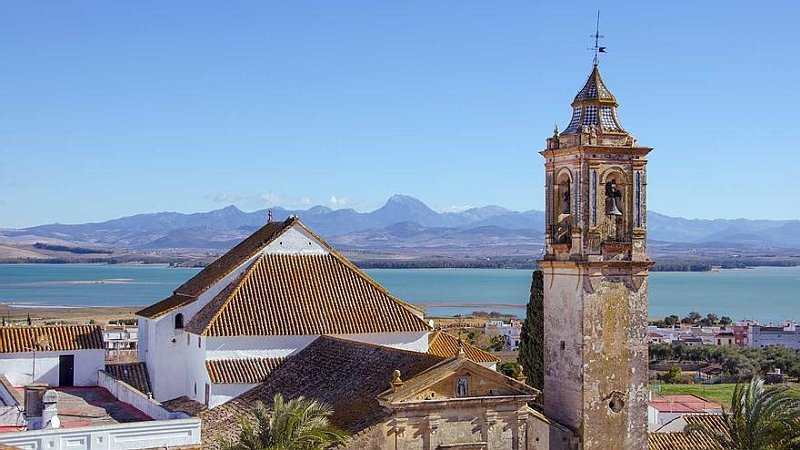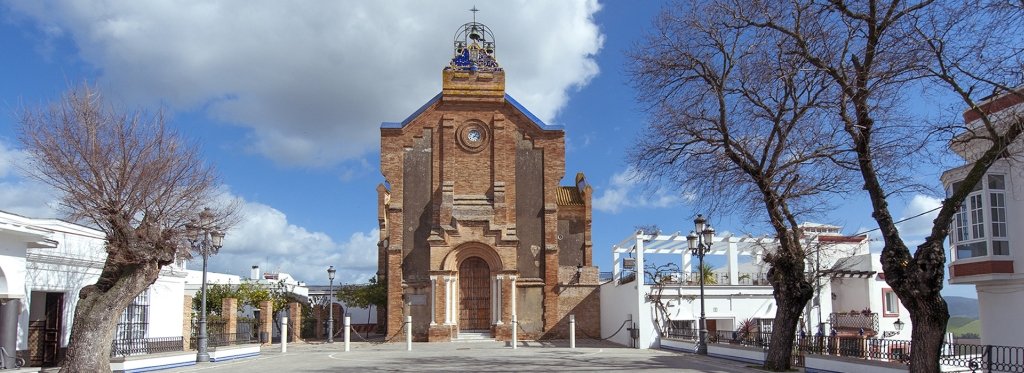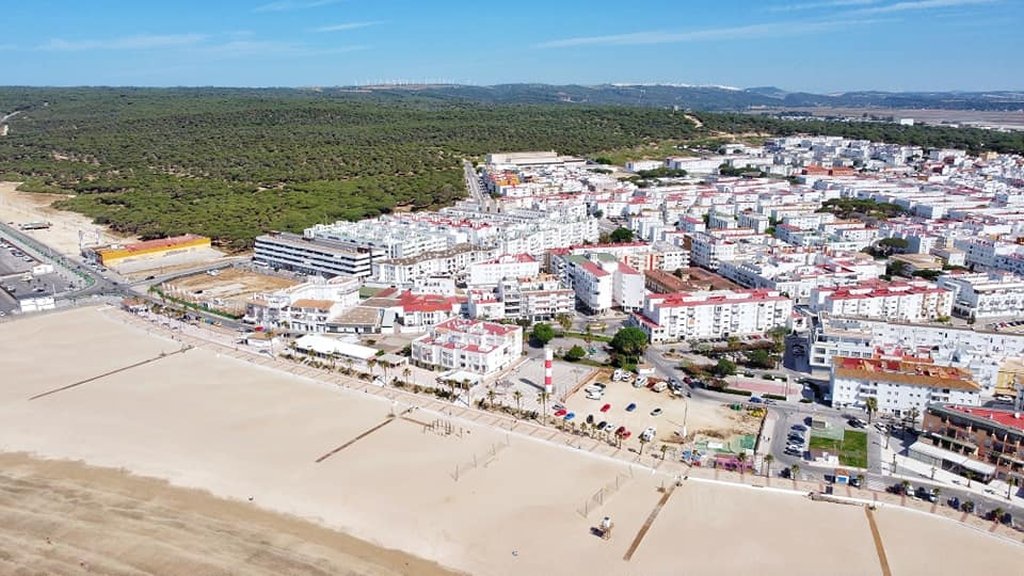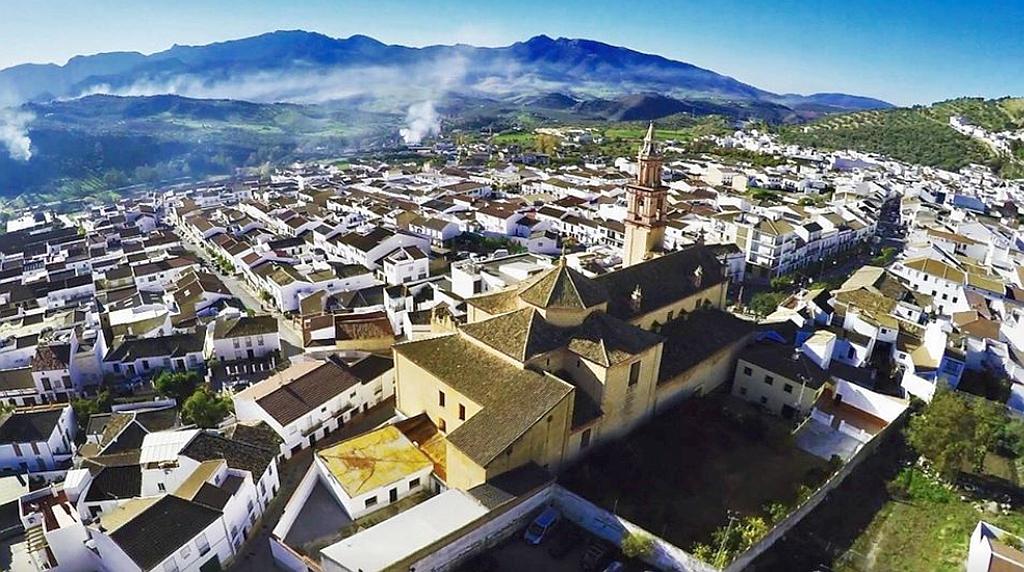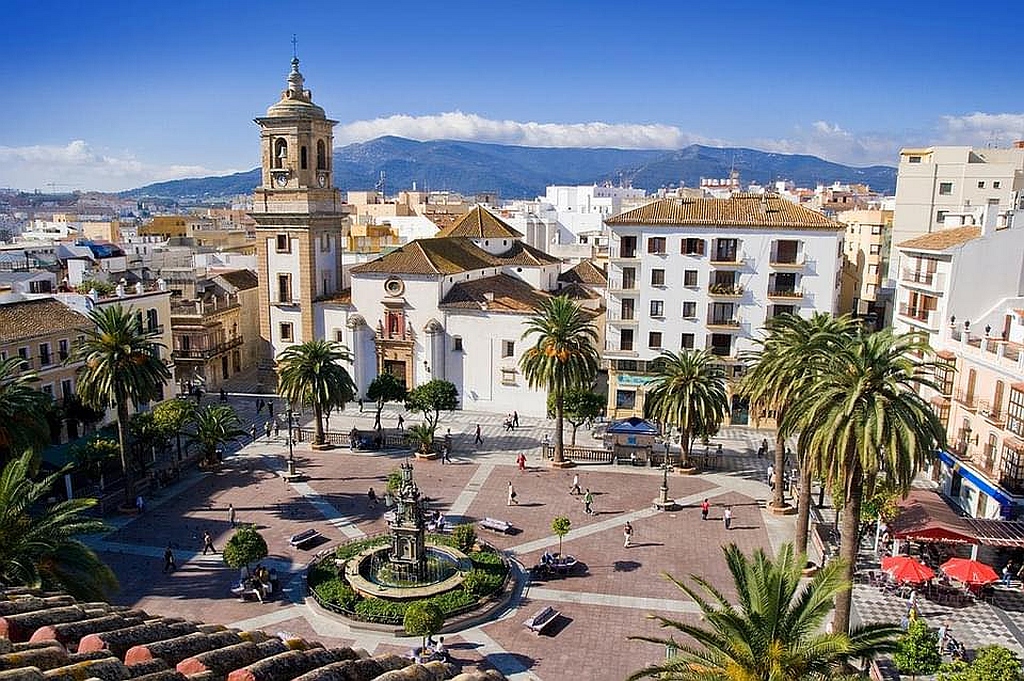Bornos is a small town tucked away in the Sierra de Cádiz. It’s easy to reach on the A-382 road (kilometer 44) between Jerez de la Frontera and Ronda. 5 km away you’ll find El Coto de Bornos, a picturesque hamlet originally developed from a colonial estate.
Getting to Bornos: Why a Car is Your Best Bet
Whilst Bornos is accessible from nearby cities and airports, its charm lies in being off the beaten path. Hiring a car is highly recommended to explore the area comfortably, as Bornos isn’t directly on a train line, and the nearest major transport hubs are a bit of a drive away. With a car, you’ll have the flexibility to take in the stunning scenery and visit nearby attractions.
I’ve been living in this lovely area of Western Andalucia for the last 20 years or so and dedicate most of my time to the running of English language tourist information websites for the towns of Cádiz, Ronda, Grazalema, the famous or infamous Caminito del Rey, and also Wildside Holidays, which promotes sustainable and eco-friendly businesses running wildlife and walking holidays in Spain. My articles contain affiliate links that will help you reserve a hotel, bus, train or activity in the area. You don’t pay more, but by using them you do support this website. Thankyou!
